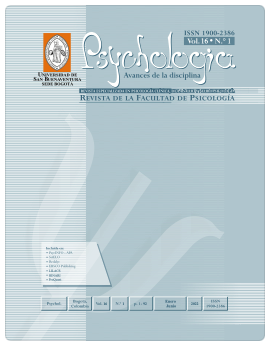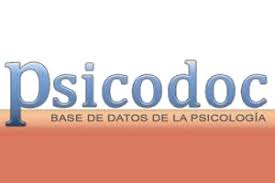Esta revista proporciona un acceso abierto inmediato a su contenido, basado en el principio de que ofrecer al público un acceso libre a las investigaciones ayuda a un mayor intercambio global de conocimiento.
Por tanto se acoge a la Licencia Creative Commons 4.0 Atribuciones Reconocimiento – NoComercial – CompartirIgual (by-nc-sa): No se permite un uso comercial de la obra original ni de las posibles obras derivadas, la distribución de las cuales se debe hacer con una licencia igual a la que regula la obra original.
http://creativecommons.org/licenses/by-nc-sa/4.0/
Resumen
The main purpose of the study was to assess the relationship between self-esteem and suicidal ideation in Pa- kistani undergraduates (N = 600). Participants’ ages ranged from 17 to 25 years (M =20.26, SD = 1.6) with 50% males and 50% females. A Structural Equation Modeling approach was used to analyse the data. All fit indices were examined on measurement level. Relationships between three latent variables: positive self-esteem, negative self- esteem, and suicidal ideation were assessed on structural level. Results revealed that students with negative self-esteem were more prone towards suicidal ideation (β = .15, p < .001). Moreover, those students who were having positive self-esteem were less likely indicating suicide ideation which suggested that positive self-esteem is a protective factor against suicidal ideation (β = -.10, p < .05) among undergraduates.
Keywords: Negative Self-esteem; Positive Self-esteem; Structural Equation Modeling; Suicidal Ideation; Protective Factor.






















